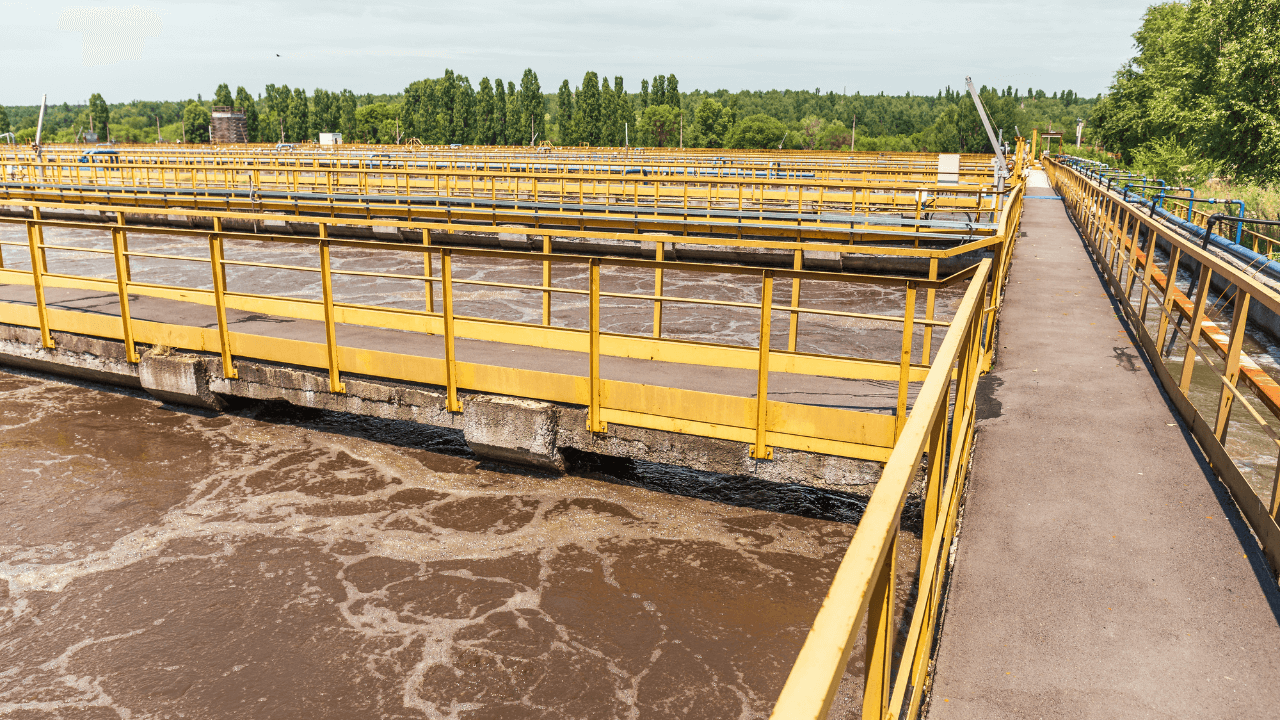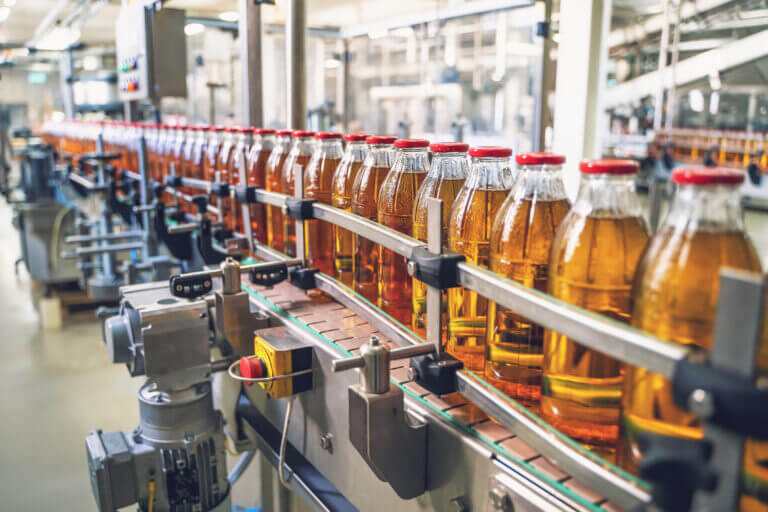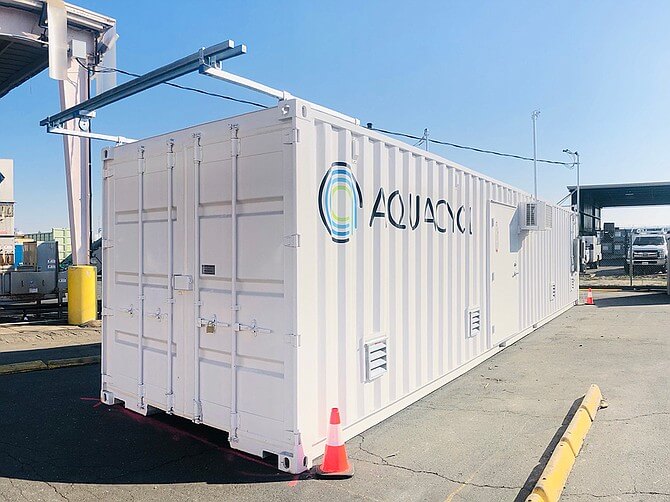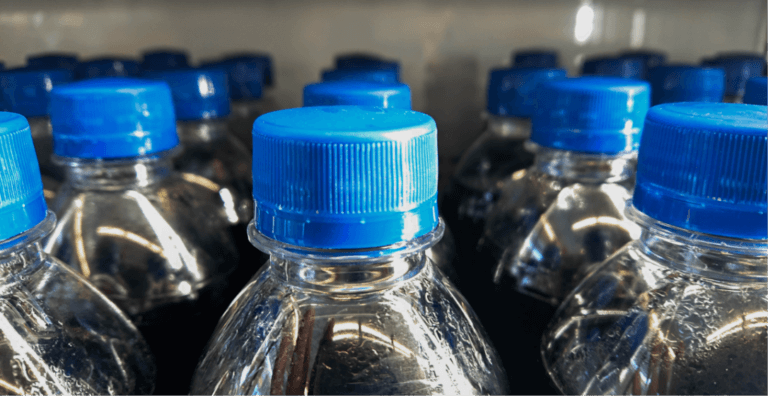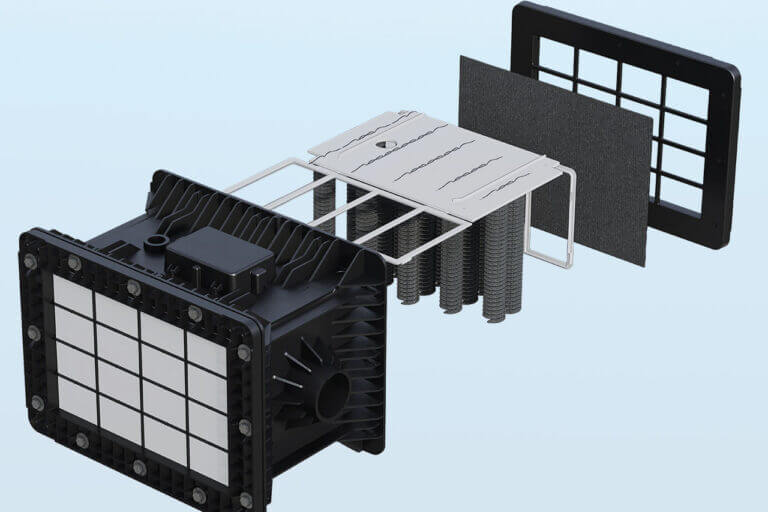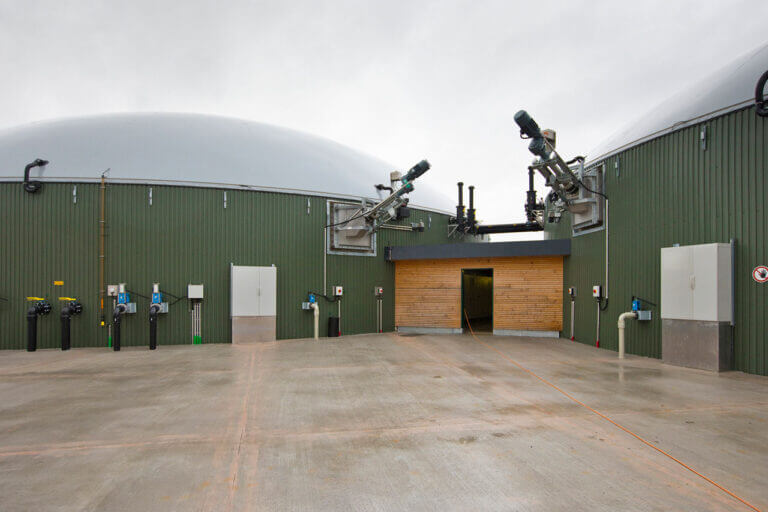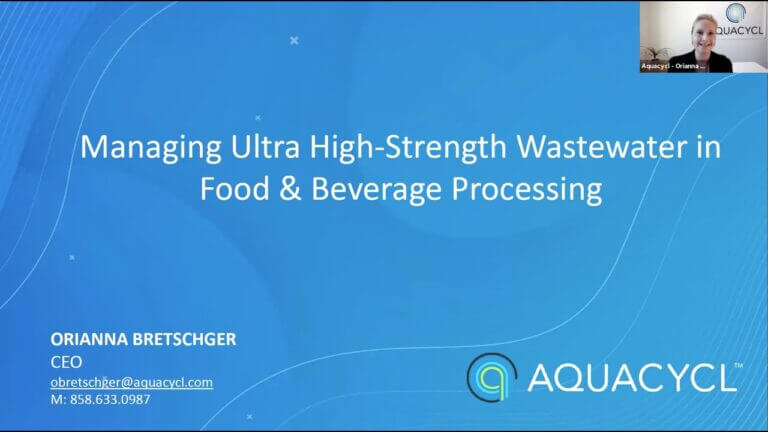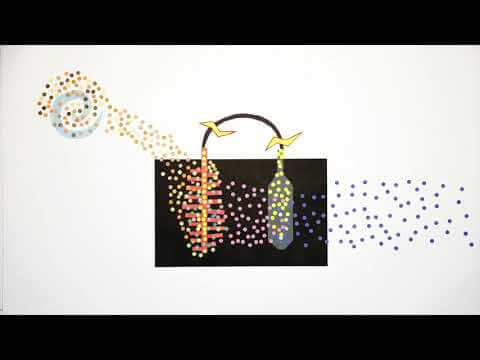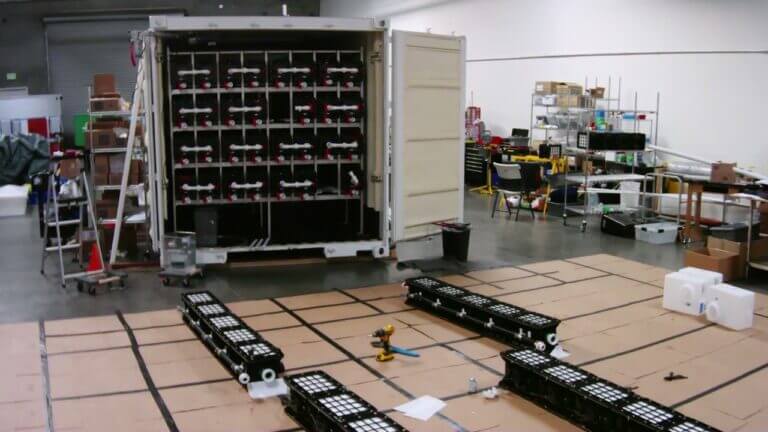One of the most frequently searched questions about wastewater is “Why is industrial wastewater difficult to treat?”
It’s a great question—one that leads directly to why Aquacycl is developing solutions specifically for this type of wastewater. Industrial wastewater presents some of the biggest challenges in water management today. But why is it so difficult to treat? What makes it so different from residential or even agricultural wastewater that it often requires specialized treatment?
Let’s dive in!
Wastewater treatment facilities
When you think about municipal wastewater treatment plants, it’s important to consider what they are designed to do —and what they do well.
These plants were built to treat residential sewage, which, despite what you may think, is relatively low in pollution concentration while being high in volume. It primarily consists of human waste, food scraps, and household chemicals (e.g. cleaning supplies) —materials that municipal treatment plants are well-equipped to process. In addition, flow rates from residential and commercial (non-manufacturing/non-industrial) buildings are relatively predictable based on occupancy.
In contrast, industrial wastewater treatment is the opposite – it’s high in concentration and variable in volume, making it far more challenging to treat even when blended into a municipal collection system.
The complexities of industrial wastewater
Industrial wastewater often contains high levels of pollutants, chemicals, and variability that municipal facilities simply can’t handle:
Diverse composition and concentration
The composition of industrial wastewater varies widely depending on the industry. Whether it’s food and beverage processing, pharmaceuticals, or heavy manufacturing, industrial wastewater can contain high concentrations of organic matter, fats, oils, grease (FOG), heavy metals and/or hazardous chemicals.
To put things into perspective, typical city sewage has a Biochemical Oxygen Demand (BOD) concentration of around 400 ppm, while industrial wastewater can range anywhere from 500 to 150,000 ppm BOD. This extremely high concentration and variability often can create major challenges for conventional wastewater treatment methods.
Variable waste streams
Unlike municipal wastewater, which is relatively stable in composition and predictable in flow rate, industrial wastewater is highly variable. Fluctuations in production processes, seasonal shifts, and batch production cycles mean that the quantity and quality of wastewater can change daily.
This inconsistency poses a challenge for conventional treatment methods, which can only handle predictable waste streams rather than sudden spikes in contaminants or flows.
Toxic compounds
Because industrial wastewater is a direct byproduct of manufacturing processes, it can contain remnants of the products from production. This can include complex chemicals such as benzene, toluene, paint residues, and pharmaceutical compounds—many of which are toxic. Conventional biological wastewater treatment methods in municipal treatment facilities often cannot treat these compounds.
Many smaller municipal wastewater treatment plants don’t have the advanced treatment technologies needed to remove these compounds safely and effectively.
The challenges for centralized treatment facilities
High organic pollutant concentrations (BOD and COD) pose challenges. Treating these contaminants requires substantial energy input and generates large volumes of sludge, both of which contribute to significant greenhouse gas (GHG) emissions. If we were to treat all industrial wastewater using conventional methods, the environmental impact would be severe, emphasizing the need for more efficient and sustainable treatment solutions to be adopted in centralized and decentralized treatment strategies.
So, what are your options as an industrial producer?
Municipal treatment plants can simply become overwhelmed by industrial wastewater, leading to inefficiencies, compliance violations, and costly regulatory fines for the industrial discharger.
Since most municipal treatment plants cannot always accept industrial wastewater as-is, industrial producers must seek alternative solutions to sewer discharge. The most common options include:
- Anaerobic Digesters – Effective for high-strength organic wastewater, but highly sensitive to fluctuations in wastewater composition and may require dilution to function properly.
- Aerobic Treatment Systems – Capable of treating complex waste streams but extremely energy-intensive and often struggling with high organic loads and toxic compounds.
- Hauling Wastewater and Offsite Treatment – A costly and risky option, introducing regulatory concerns and liability for the facility generating the waste.
While each of these methods can effectively treat industrial wastewater, each comes with its own limitations, preventing any single approach from being a complete solution.
Simplifying industrial wastewater treatment
Industrial producers have few options – you need a solution that is both cost-effective and capable of handling your unique wastewater stream. That’s why Aquacycl has developed an onsite wastewater treatment system designed specifically for industrial facilities.
Our systems are simple— they seamlessly integrate into any facility, providing low-energy, minimal-chemical wastewater treatment. With a performance guarantee and full wastewater management by our team (including any sludge management), you can ensure your wastewater treatment is effective, no matter how complex or variable it may be.
Want to learn more about how Aquacycl can help your facility? Contact us today to explore customized wastewater treatment solutions tailored to your needs.


